The history of Belgian motorway lighting
Famous Belgians internationally
Belgium is known for its chocolate, waffles, fries, etc... but also for its motorways that were formerly lit in orange thanks to low-pressure sodium (SOX lamp). The Belgians have the most illuminated motorway network in the world, visible even from space.

The 60s: the beginning
It is 1958, the 120 km of the very first Belgian motorway, Brussels-Ostend, are opened to traffic without any lighting, which posed no problem for users at the time. However, public lighting specialists unanimously estimated that "good" lighting could reduce road accidents by 30%. In 1961, the first allocated funds allowed for the lighting of several dozen motorway exits on the E3 and E5 (these were chosen based on the accident rate on them). It was not until 1965 that the necessary credits were obtained to light up the entirety of the motorways in Belgium (it is worth noting that the motorway network was much less extensive at the time).
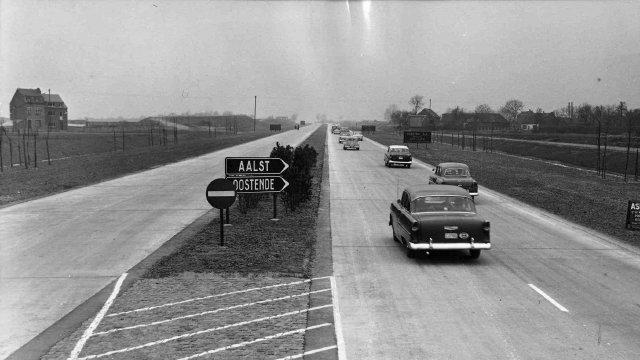
Which lamp to use?
Lighting is good, but we must also consider the type of lamp that will be best suited for motorways. Despite the presence of mercury lamps, along with fluorescent/ luminescent tubes (FT/LT) and fluorescent bulbs (FB), it is the low-pressure sodium (SOX) that is chosen without any hesitation. Its luminous efficiency is equivalent to double that of any other available source, and its low consumption reduces the electricity bill by half compared to other discharge lamps. Nevertheless, the lighting of certain motorway exits as well as parking areas was equipped with fluorescent bulbs for better colour rendering.
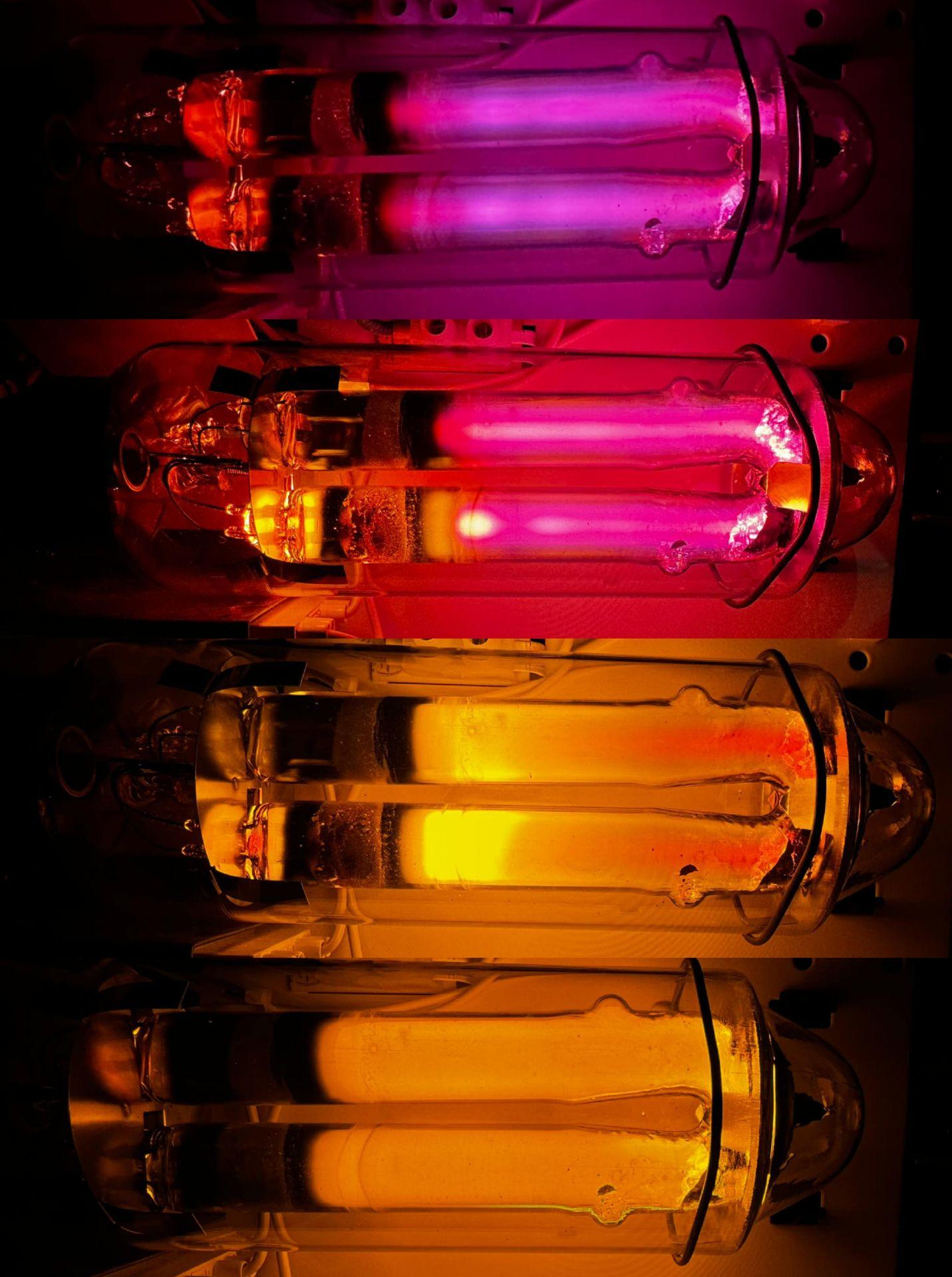
The lighting of the 60s
After choosing the type of lamp, one must tackle the type of light fixture. In the 1960s, a Liège-based brand was already well established in the public lighting market: Les Constructions Électriques Schréder. In 1963, the GSO light fixture makes its appearance and quickly becomes a classic on Belgian motorways. Thanks to its adjustable side mirrors, it offers very good photometry for the time, being able to reach a height of 12.5m and a spacing of 35m.
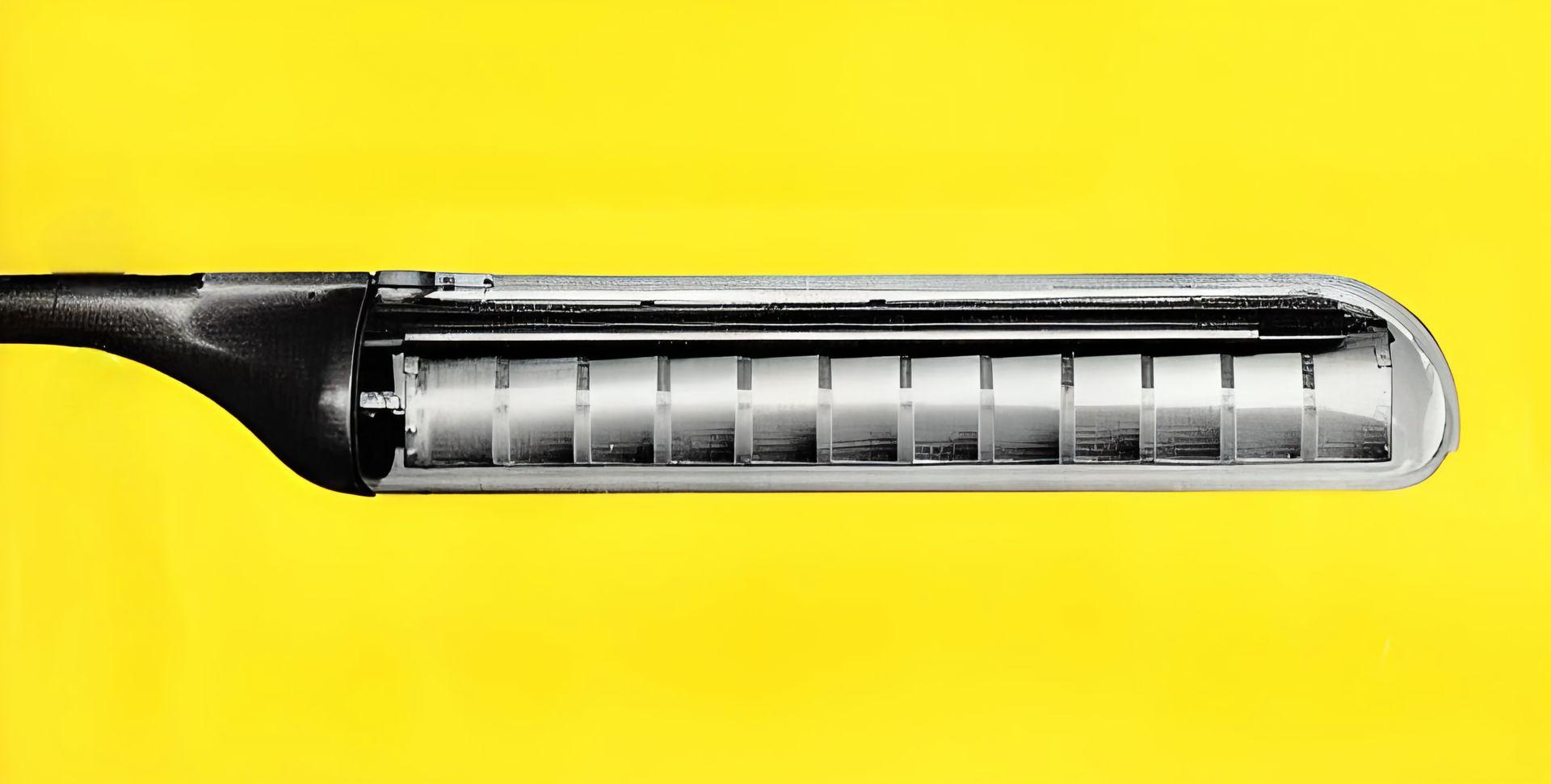
The 70s/80s: the explosion
In 1968, Maurice Deleuse, working at the time for "Les Constructions Électriques Schréder," was tasked with designing a light fixture intended to become "THE" light fixture for Belgian motorways. After two years of work in silence, The Rhombalux was born, but after a few months, the light fixture undergoes some modifications and is renamed RX. As stated in the specifications, it is omnipresent on the existing central berms. He has replaced a good number of GSO already installed in the 1960s in the middle of verges. Furthermore, the inauguration of a large number of motorways during its production period facilitated its success.
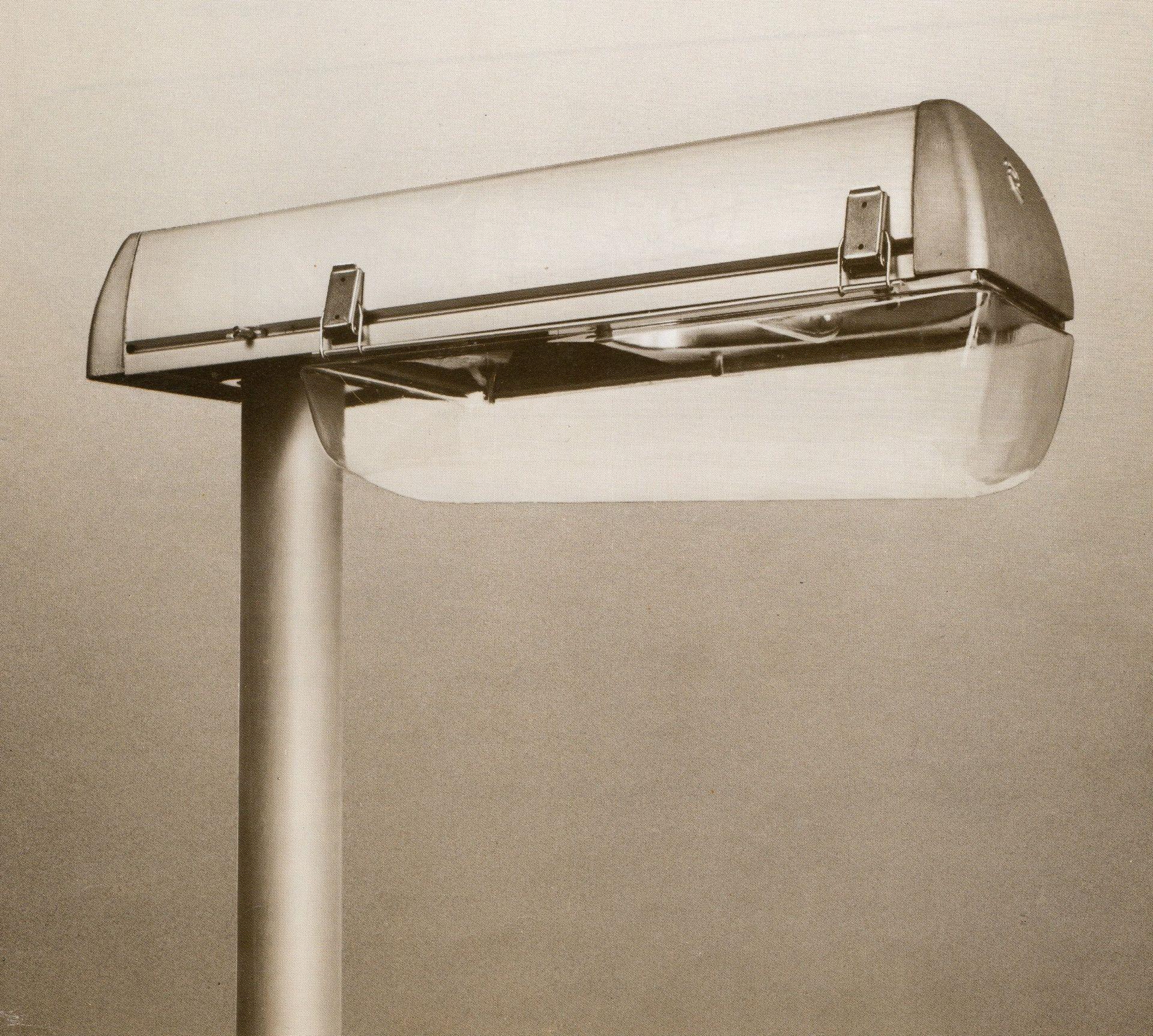
High-pressure sodium (HPS)
In 1970, the very first high-pressure sodium lamps made their appearance. They are primarily used for urban motorways for better colour rendering. Indeed, low-pressure sodium (SOX) has many positive arguments, its only weak point being its orange colour which offers a poor CRI (Colour Rendering Index). On motorways, this is not required, but in built-up areas, better visibility is demanded. High-pressure sodium is therefore a good compromise.
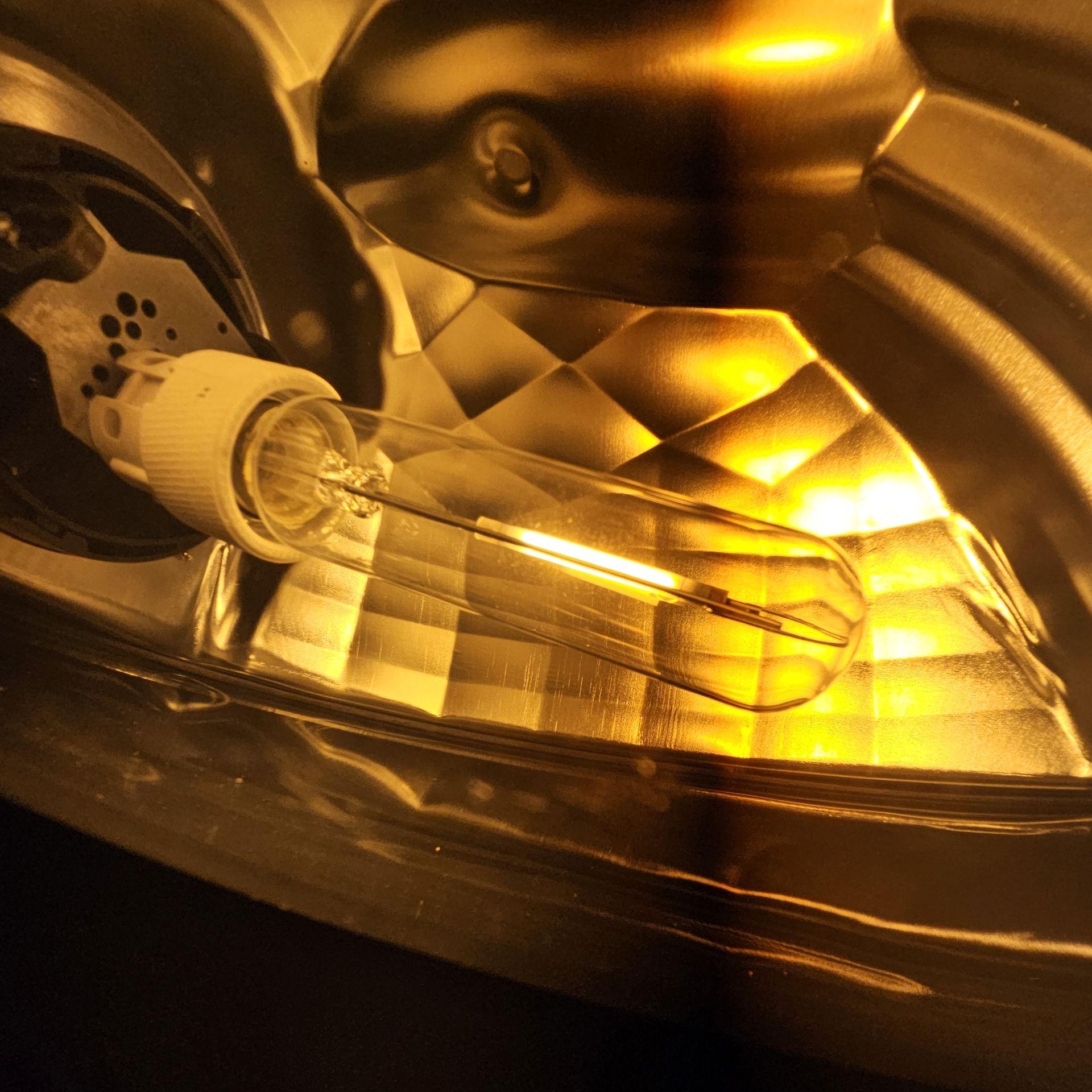
The beginnings of the GZM
1981 marks the end of the GSO, which complicates the progress of lighting new side verges and motorway exits located in the province of Luxembourg. Fortunately, "Les Constructions Électriques Schréder" are designing a new luminaire, the GZM. It became one of the most popular fixtures in the country, until its discontinuation in 2014. It also replaced a number of GSO severely damaged, either by age or by an accident.

The 90s: the end of the RX
1991 marks the end of the RX yet very popular on our motorways. An improved version of this is making its appearance: the TXS. The main modification is the introduction of the "SealSafe" in the luminaire, allowing for superior sealing. Additionally, a new version of the bowl allows for a more significant spacing between each luminaire. Unfortunately, this luminaire has not achieved the same success as its predecessor.
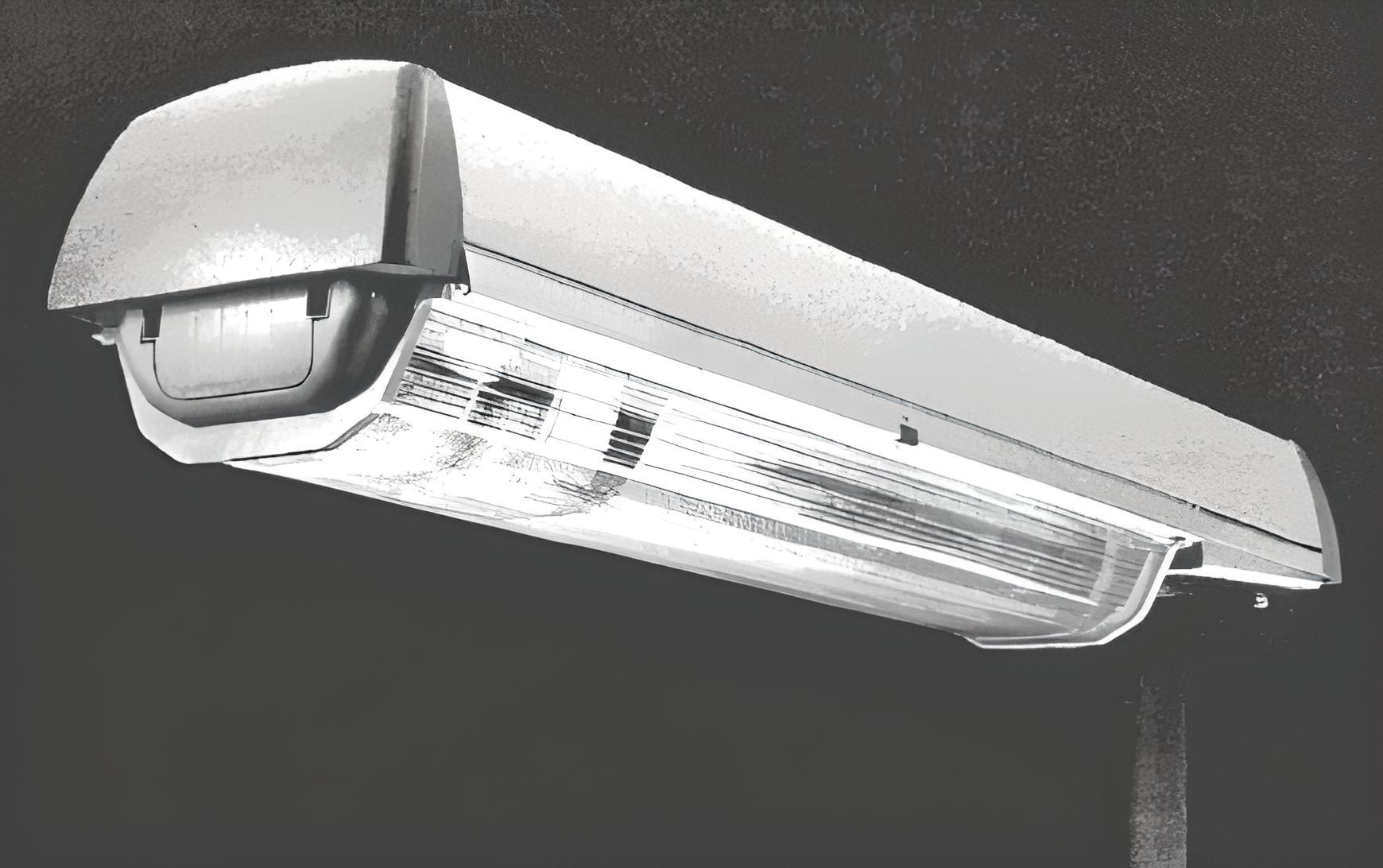
A new generation of lighting fixtures
At the end of the 1990s, Schréder inaugurated two final low-pressure sodium (SOX) streetlights for the motorways: the VTC and VTP. These two new products are becoming a real success, partly due to a prismatic bowl that allows for excellent photometry, but also because of a new style, quite different from what was available at the time. They have also replaced a number of old light fixtures in order to make savings.

2009, the Flemish relamping
In 2008, the Flemish government made an important decision: to change a large number of low-pressure sodium (SOX) lamps in order to achieve savings. To everyone's great surprise, Schréder is not the only one to stand out in this project; Philips makes its appearance with one of its biggest successes: the Iridium. The side berms are filled. However, the central berms are not changed.
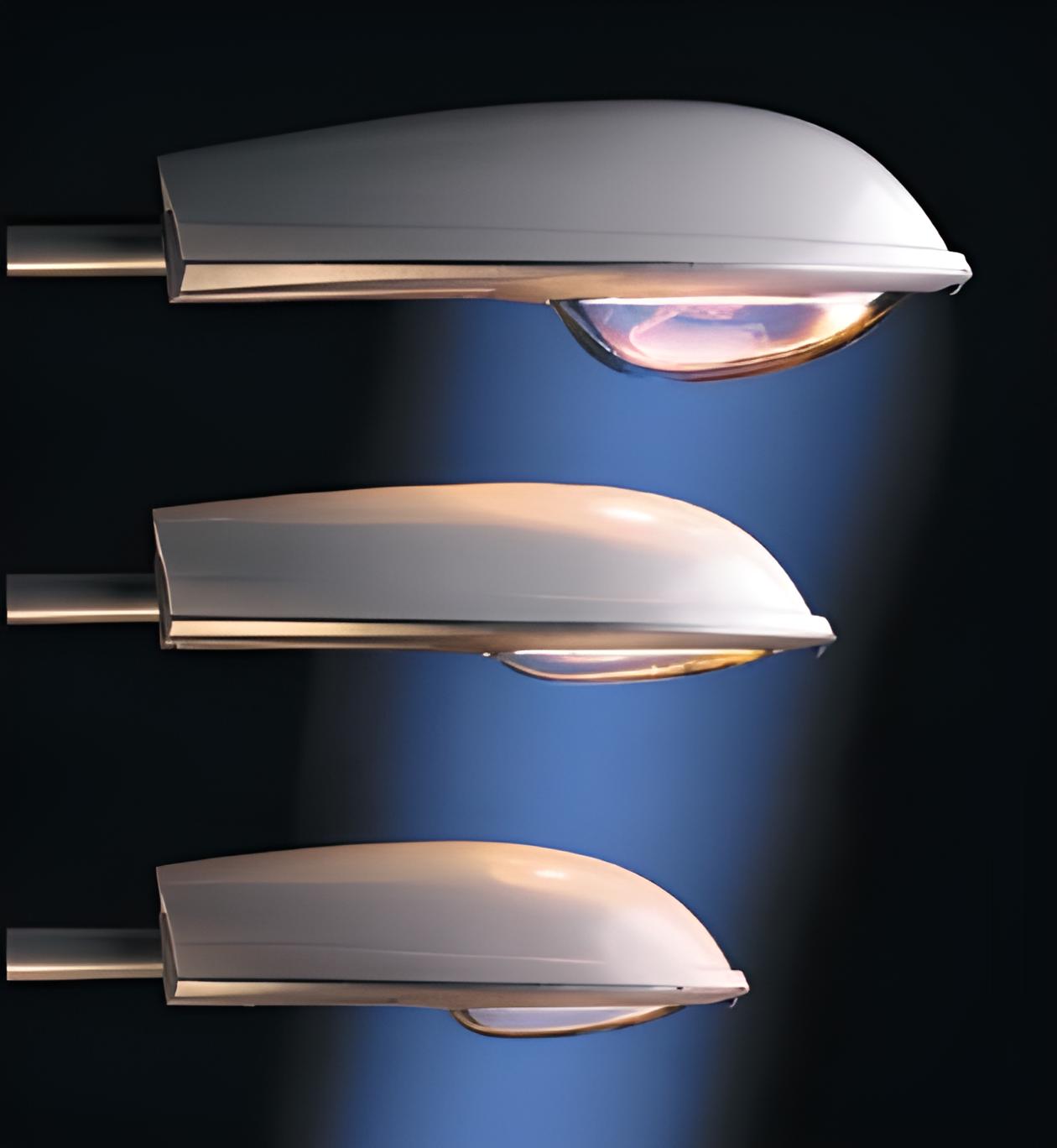
The Brussels Ring
The A3 (E40) underwent a major change regarding its lighting in 2010. Over 10km of low-pressure sodium (SOX) lighting was replaced with high-pressure sodium (SHP). New, more widely spaced masts and new luminaires were installed to achieve savings on the 8-lane motorway. This is the Schréder Squalo which is chosen for this project due to its high photometric performance and low cost.

2011: the extinction
In July 2011, the motorways took a major turn: the extinction of lighting by more than 50% across the country. The reasons are supposedly not for economic purposes, but for safety reasons. Indeed, the Belgian government announced that the extinction of public lighting would facilitate the concentration of users: "unlit roads would lead to more discomfort and therefore more vigilance".

2013: the beginnings of the LED
It is May 2013, the Brussels ring road at Anderlecht is undergoing a brand new lighting system: LED lighting (Light-Emitting Diode). Schréder has been awarded the contract to illuminate over 4km of motorways with the new technology. The Teceo is chosen for its low consumption and long lifespan.
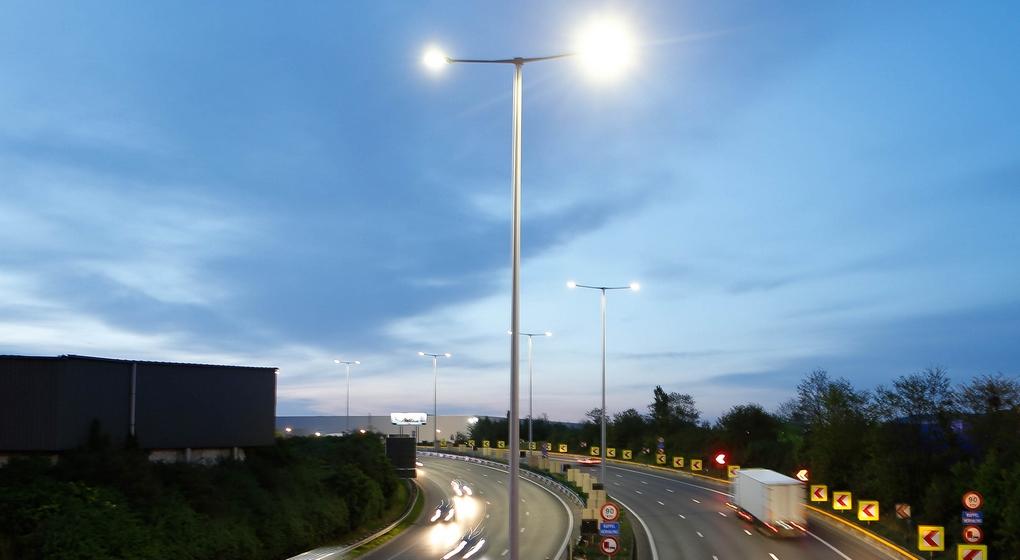
2015: The LED on the exchangers
After a few years, LED technology is making a lot of noise online, and the Walloon Ministry of Public Works then takes the initiative to change the lighting at several motorway interchanges equipped with old concrete masts. Among them, we can mention Daussoulx, Houdeng-Goegnies, Hautrage, etc...

2017: Flanders adopts the LED
2017 marks a historic turning point in Flanders, as the government has decided to gradually replace all low-pressure sodium (SOX) lighting on its motorway network with LED. Schréder Ampera becomes the most prominent light fixture both on the central berms and on the lateral berms. The project extends until 2027
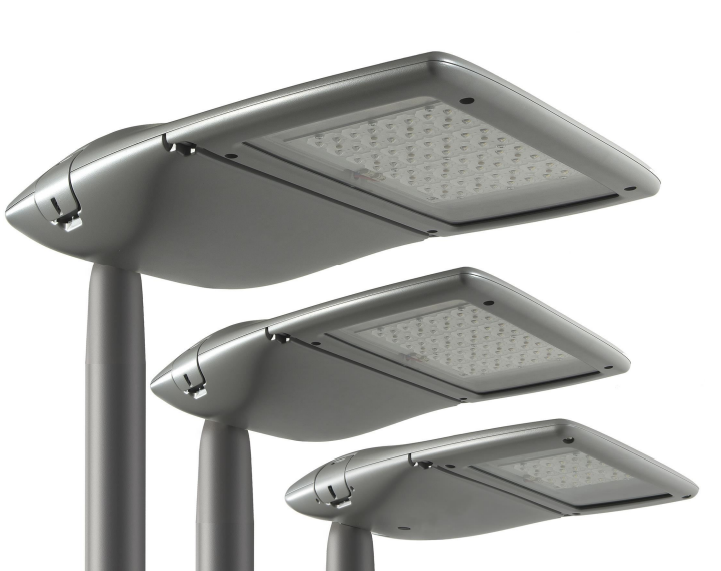
2019: The light plan 4.0 (Luwa)
2019 marks the time for renewal in the history of public lighting in Belgium. Luwa (the company responsible for the relamping) is supported by SOFICO (the Walloon company for complementary infrastructure financing). This project involves replacing the entirety of the motorway lighting (all sources combined) with LED in order to achieve significant savings as well as to become the first connected motorway network in Europe. The total cost of the operation: 600 million euros over 20 years, also offset by energy savings. The light plan 4.0 lasted 4 years and equipped more than 63,000 new LED luminaires.

2020: the number 1 LED light fitting
In mid-2019, the company Philips (now Signify) designed a new LED luminaire based on the Luma, designed by Indal in 2011: the Luma². This new fixture is adopted by Luwa and SOFICO to illuminate the entirety of the Belgian motorway network. While it is virtually non-existent in Flanders, it is the most popular LED luminaire for the Walloon motorways.
